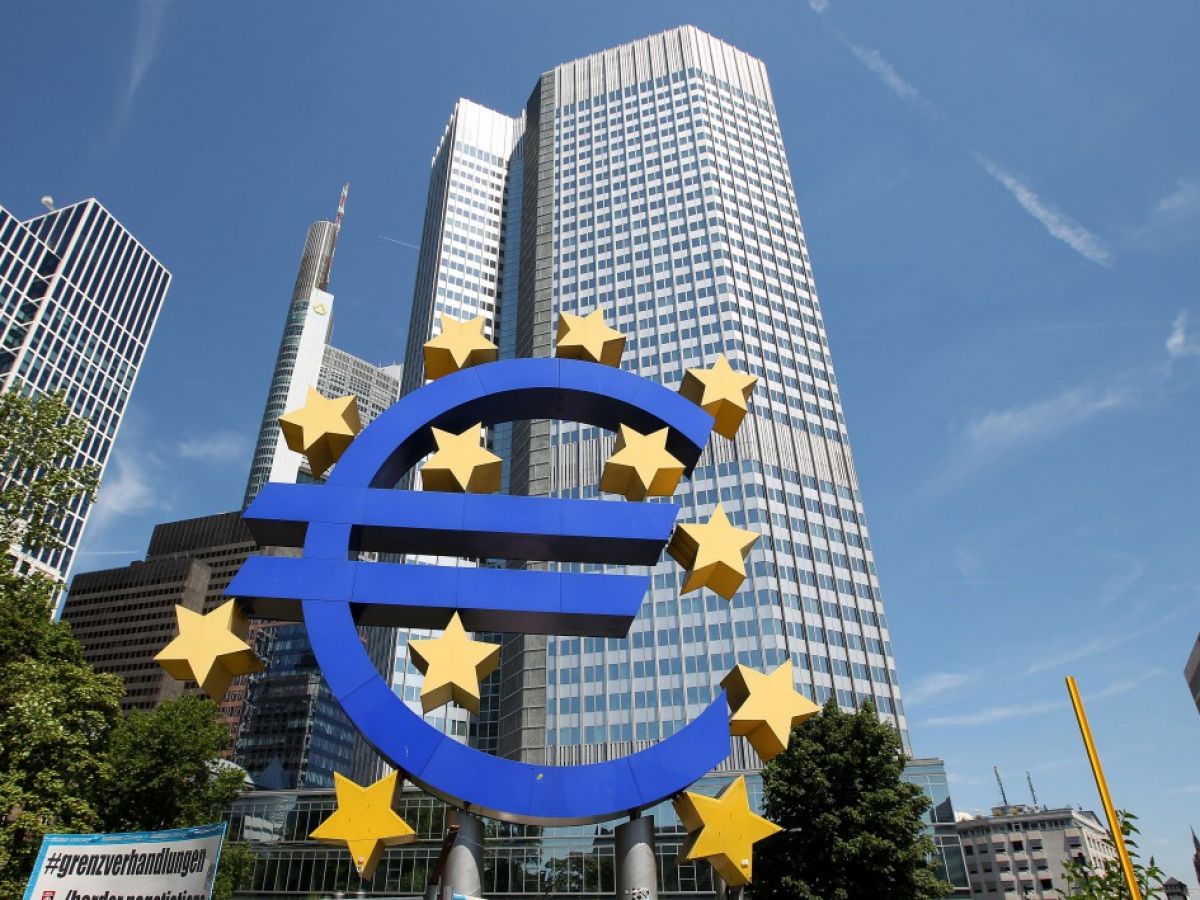The European Central Bank (ECB) has announced a new 25-basis-point cut to its key interest rates, effective March 12, 2025. This marks the sixth reduction since June, reflecting a shift toward a more accommodative monetary policy aimed at bolstering Europe’s slowing economy. For Morocco, this move could have mixed effects, influencing investments, trade flows, and national monetary policy.
Easier credit conditions in Europe may encourage European investors to seek opportunities abroad, particularly in emerging markets like Morocco. This environment could improve access to financing for major Moroccan companies with ties to Europe, particularly in industries such as manufacturing, tourism, and renewable energy. Additionally, lower interest rates reduce borrowing costs for European firms operating in Morocco, potentially enhancing their ability to invest.
On the monetary front, a possible depreciation of the euro against other currencies could impact the dirham’s exchange rate, as it is partially pegged to the European currency. A prolonged decline in the euro’s value would make Moroccan exports more expensive for European buyers, potentially weakening their competitiveness. However, imports from the eurozone would become more affordable, easing costs for local businesses.
Remittances from Moroccans living in Europe could also be affected. A weaker euro would reduce the value of money transfers once converted into dirhams, directly impacting the purchasing power of recipient households in Morocco. This could lead to lower domestic consumption, affecting sectors that rely heavily on these financial inflows.
How Morocco’s central bank, Bank Al-Maghrib, responds will be crucial. If inflation continues to decline, a reduction in the country’s key interest rate could be considered to sustain economic competitiveness and support consumer spending. However, such a move would require careful assessment of its impact on bank lending and financial stability.
Monitoring investment flows, export performance, and exchange rate fluctuations will be essential in adapting to this evolving economic landscape and maximizing potential opportunities.
Mohamed MOUNADI
